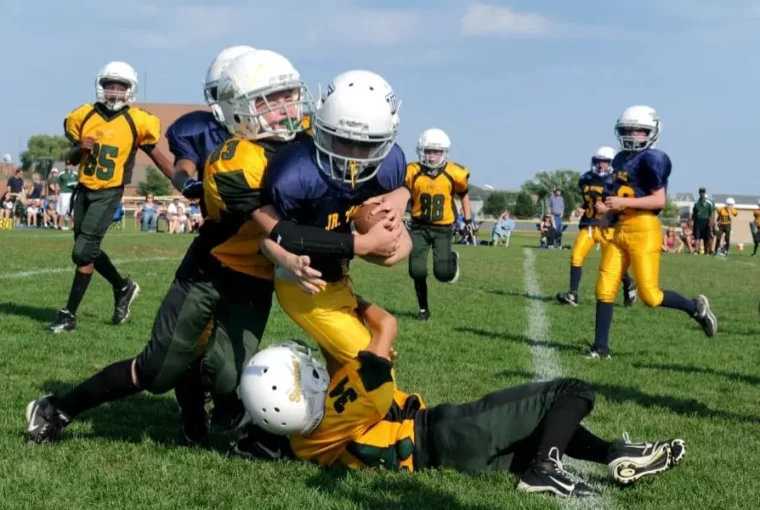We all know how important exercise is for our health and wellbeing. With colder weather coming our way, some of us might be more hesitant to brave the outdoors and do a workout, especially when presented with dangerous conditions such as ice and snow.
However, it’s not only the conditions that you need to think about when practising safe sport. You also need to consider your body and its limitations, avoiding particular scenarios which make injuries more likely. If you have recently suffered a sport-related injury, you will know just how frustrating the road to recovery can be.
There are an endless array of ways that you can damage your body while exercising, no matter how strong you are or how often you work out. Learn which are the most common sports injuries, how to detect them, and how to treat each one.
Sprains And Strains
Our tendons and ligaments are particularly vulnerable when we exercise. Sprains occur when our joints are unexpectedly overstretched and, as a result, damage to the ligaments that hold our muscles together is incurred. Sprains happen most often around central joints like ankles, shoulders, and knees. Unless it is a very severe sprain, these injuries can normally heal under the simple RICE (rest, ice, compression, elevation) treatment.
Strains, on the other hand, affect the tendons or muscles of our bodies. It is often caused by overstretching, twisting, repetitive movements, or lifting weights that are too heavy. They can occur over time or happen suddenly which results in tenderness, bruising or swelling. Most strains can also be treated with the RICE method but if it’s particularly severe, you might have to consult a doctor.
Fractures
Fractures are more sudden injuries that cause the bone to crack. Many people will hear a ‘cracking’ sound upon injury and experience subsequent bruising or swelling. Although fractures can occur just about anywhere in the body, the treatment is consistent.
Most patients won’t be able to move the affected area and periodically will feel a tingling sensation. First of all, immobilise the area with a bandage or cast to avoid moving the injury excessively, add ice to reduce swelling, and go straight to hospital to have it looked at. If there’s a suspected fracture to the head, neck, spine or ribs, the patient must be taken to hospital immediately.
Very small fractures, such as to the bones within the hands and feet, or cracks in an awkward place can sometimes be difficult to detect, even with the aid of an x-ray. There is the chance for misdiagnosis here, and while you can seek support in the event of medical negligence you should do everything you can to make sure you receive proper treatment first time round. Request a second opinion if you have any doubt, and go for a check-up immediately if the fracture does not seem to be healing properly.
Knee And Back Pain
Pain in the lower back and knees are the most common complaints of those who exercise, whether you prefer a light yoga class or are training in a high-impact sport. These areas are easily injured by excessive workouts and poor form.
Runners often experience sore knees, especially if training for a long-distance race, whilst sports like yoga lead to overstretched muscles if there wasn’t a sufficient warm up beforehand. Before starting your workout, warm up your muscles with a few stretches and then ease yourself gently into it. Try not to push your body beyond its limits, and stop immediately if you feel pain.
For long-term knee pain, you can combat and reduce this by wearing supports whilst doing high impact sport. However, bear in mind that it is always best to consult your trainer or GP about non-surgical knee pain relief before aggravating the joints further. Random episodes of back pain can be treated with rest, or a professional sports massage. However, for persistent pain, see a doctor as it could require further treatment.




